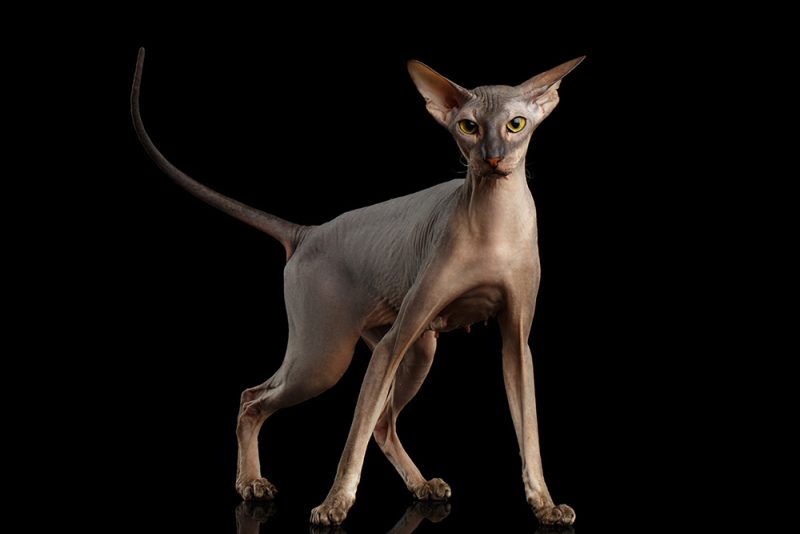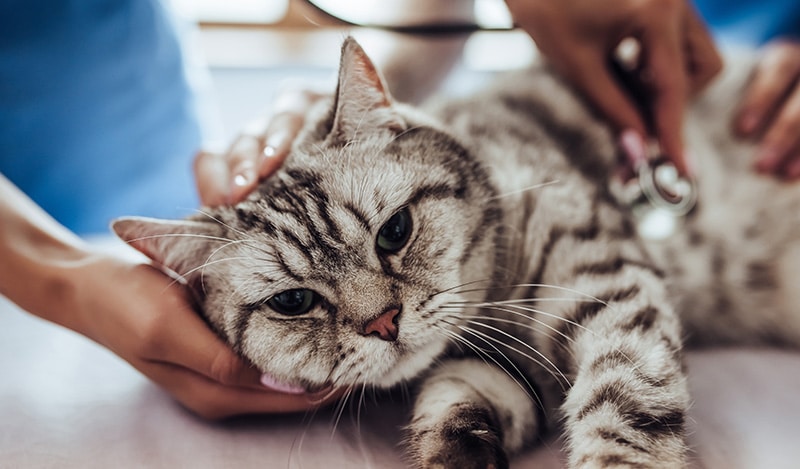One of the interesting things about shorthair cat breeds is the diverse range of colors and coat patterns. While the most common shorthair cat breed colors may include black, white, red, cream, brown, fawn, and blue, genetics and selective breeding have also produced gorgeous color patterns.
If you’re interested in learning more about the shorthair cat colors for British, Exotic, and Oriental breeds, we’ve got you covered. Here is a list of the seven most common shorthair cat breed colors and patterns, which isn’t exclusive, as there are numerous other colors and patterns, and it would be impossible to list them all.

The 7 Shorthair Cat Colors and Patterns

1. Tabby
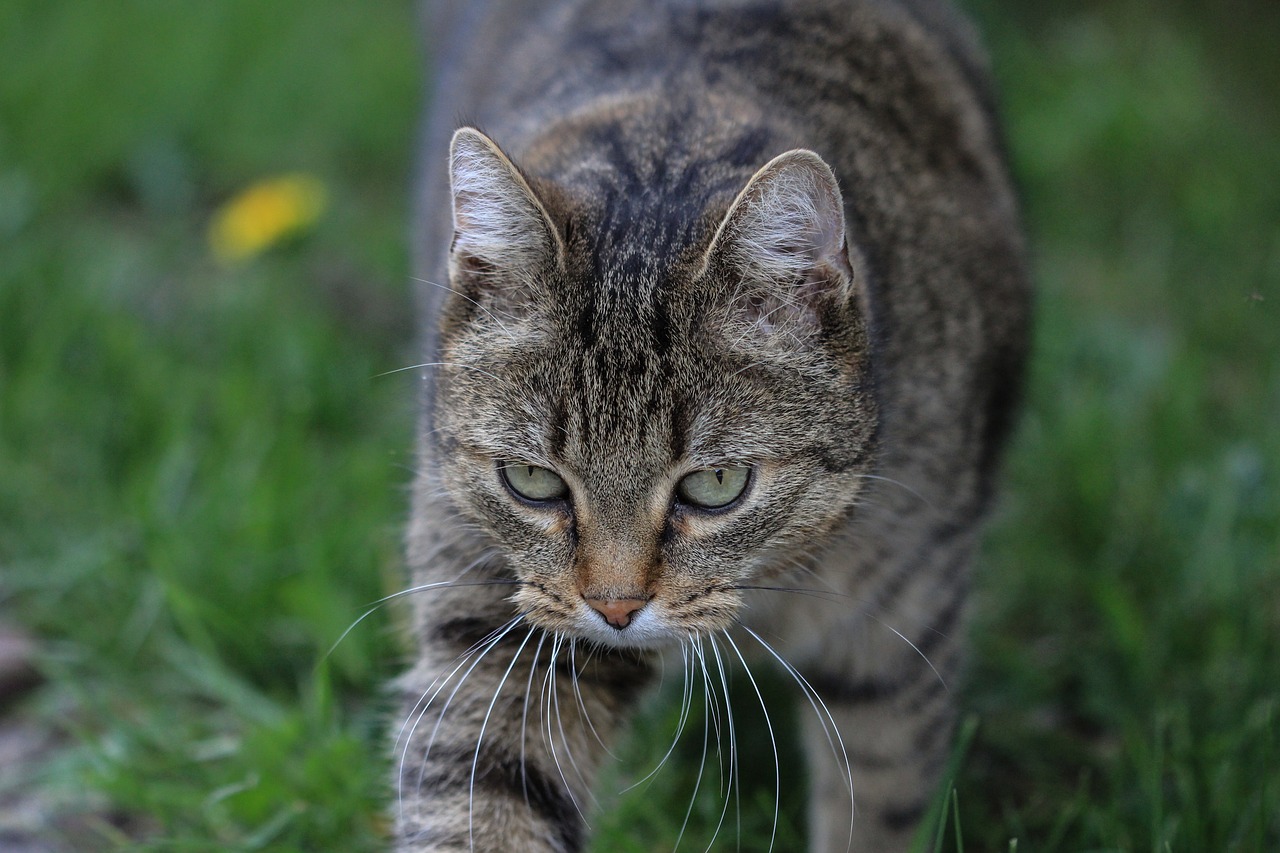
Did you know that all cats can be considered tabbies? Well, they are! All domesticated cats carry the tabby gene, but it’s not always visible on their coat.
- Classic tabbies: Also known as blotched tabbies, these felines have a combination of swirls, blotches, and stripes made up of different colors.
- Ticked tabbies: These kitties feature banding on either side of their hair shaft with lighter colored fur at the base. This creates an iridescent speckled look. One breed with this specific color pattern is the Abyssinian cat.
- Mackerel tabbies: These tabbies have continuous vertical lines on both sides of their body, as well as a dark stripe that runs down their backs.
- Spotted tabbies: As the name suggests, spotted tabbies have different-sized spots on their coats. Bengal cats are considered to be spotted tabbies.
2. Solid

Shorthair cats that are just one color are known as solid-colored felines. Sometimes, these kitties have one spot of color that differs from the rest of their coat.
3. Bi-Color

Bi-colored cats have white coats with patches of a different color, including tabby or black, on their bodies, with a varying amount of white. This is due to their white-spotting gene. Bi-colored cats can also be called harlequins (random spots and a colored tail), magpies (random patches), saddle (a colored saddle patch on their back), and capped, while these patterns are not necessarily recognized in all breeds.
4. Pointed

Breeds such as the Siamese have a color-point pattern gene that gives them light-colored bodies with darker extremity colors, such as their paws, nose, tail, and ears. This type of gene is sensitive to temperatures, resulting in colors being restricted to cooler points of the body. Pointed cat breeds often have a light fawn-colored body with black, chocolate, or even lilac contrast points.
5. Tortoiseshell

These cats have a unique mixture of black and red coat colors. Torties are mainly female felines.
6. Shading
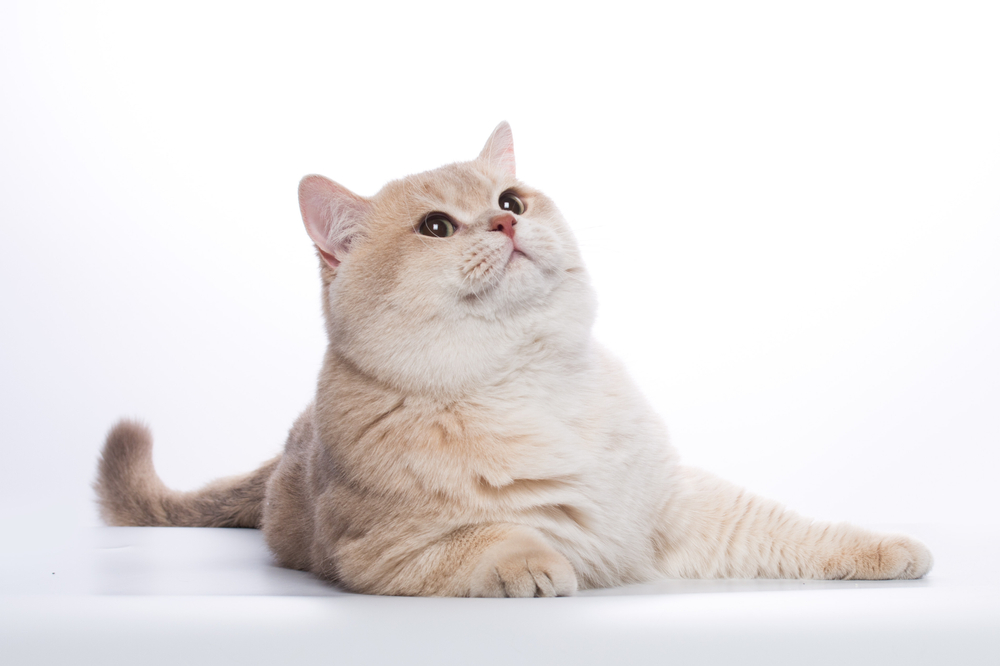
Shaded cat coats are characterized by color at the fur’s tips with a snow-white undercoat. Shaded cats can have fur in smoke, shaded, and chinchilla patterns. These patterns are determined by the amount of shading on the cat’s individual hairs.
7. Tri-Colored
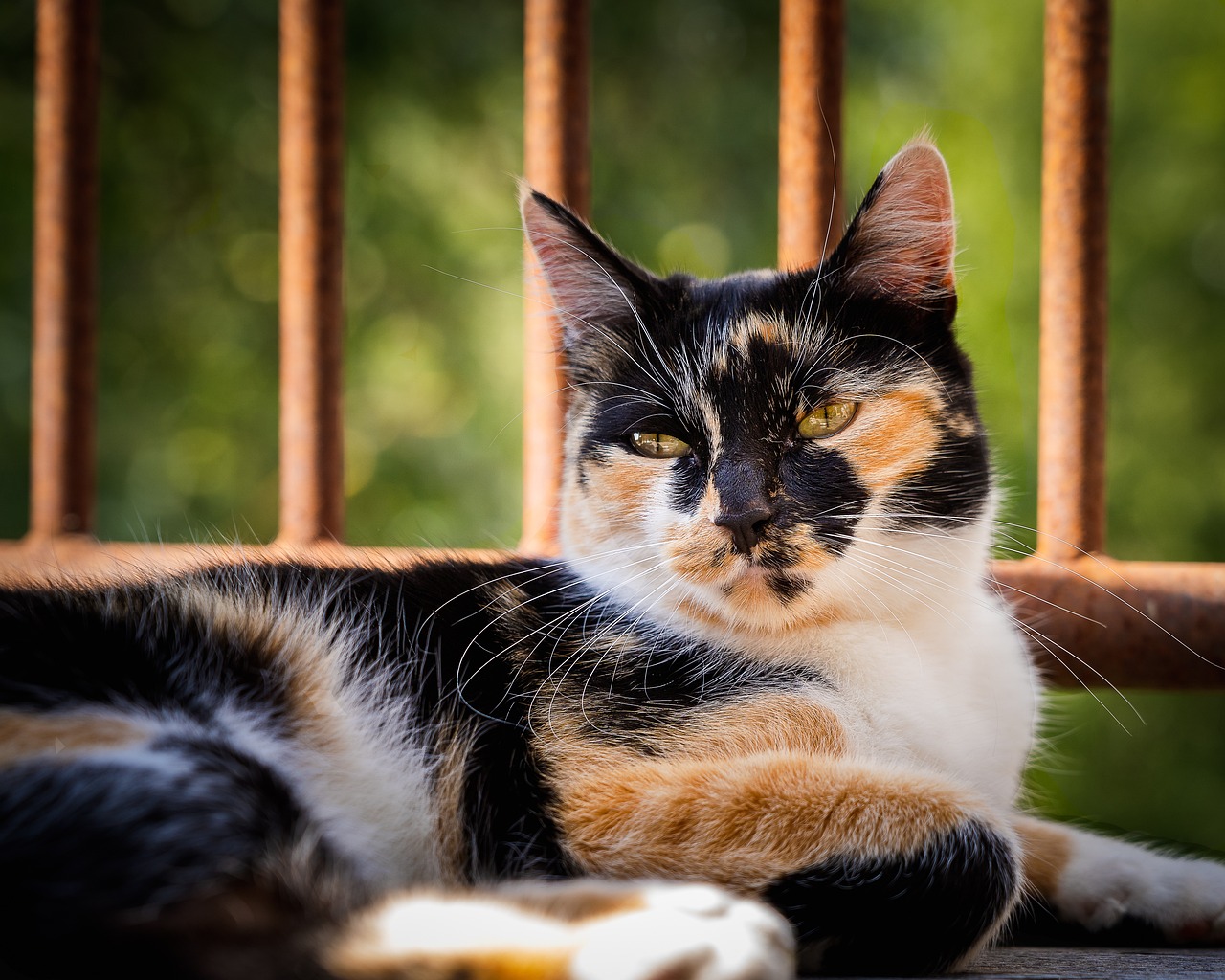
Tri-colored cats have black, white, and red or ginger color combinations. Also commonly referred to as calico, these cats can have diluted colors that present themselves as white, grey, or cream patches.
What Colors Can Cats Be?
When it comes to cat coat colors, all cats are different colors and patterns because of gene and polygene modification. All cats are essentially black or orange unless they have modified genes and polygenes that change these two basic colors. Because of selective breeding, shorthair cats can virtually be any color known to mammals.

Final Thoughts
Whether you pick a solid, bi-colored, tri-colored, or pointed-colored cat, you can rest easy knowing that your kitty’s personality is as unique as their coat pattern. Be sure to brush your cat a couple of times per week to keep their fur sleek and shining.
See Also:
Featured Image Credit: Seregraff, Shutterstock






